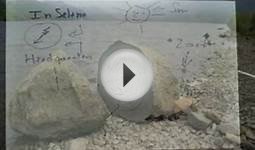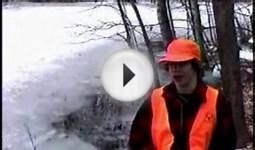Loch Ness Monster from space
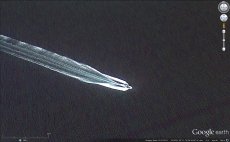 With this, from Beaufort, North Carolina:
With this, from Beaufort, North Carolina:
And here’s an overlay, just in case you’re still unconvinced:
(now with excellent .gif) Well, I naively thought that I wouldn’t have to spend my time debunking an obvious picture, but it seems like a lot of readers aren’t certain how satellite imagery works. So here’s Andrew’s 5-point primer on satellite imagery as it pertains to the Loch Ness Monster:
- Satellite images aren’t taken in real time. The photographs in question were taken in January, 2005.
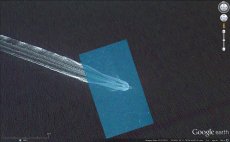 They came from DigitalGlobe, which means they were either taken by the QuickBird satellite, or purchased from another company.
They came from DigitalGlobe, which means they were either taken by the QuickBird satellite, or purchased from another company. - Satellites travel along an orbital path, taking pictures that are then stitched together. Just like when you take a panoramic picture with your phone.
- Stitched photos aren’t perfect.
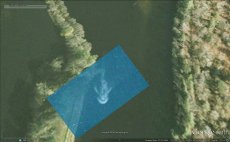 For example, if one picture has a boat that’s totally washed out (like almost every boat is when photographed from space) and another picture is just blue water, then you’ll be left with the ghostly blue outline of a boat, which is clearly visible on the “Nessie” picture.
For example, if one picture has a boat that’s totally washed out (like almost every boat is when photographed from space) and another picture is just blue water, then you’ll be left with the ghostly blue outline of a boat, which is clearly visible on the “Nessie” picture. - Apple doesn’t have it’s own imaging satellites. The fact that the image only shows up in Apple Maps, not Google, is due to Apple either using a slightly different image set to stitch together a picture of the loch, or has a less robust algorithm for dealing with artifacts.
- Both the boat in the northern picture and the “ghost boat” in the monster picture are about 20 meters long. There are no 20-meter long catfish. There are no whale sharks in Loch Ness (how would they survive in freshwater?). It’s a boat. If something looks exactly like a boat wake, in a place where there are plenty of boats, when a similar boat can actually be seen in the same region, it’s a boat.
Update 3: Mick West shared these two images on twitter, further supporting the fact that this is just a boat wake and some satellite image bonkery.
бет бум официальный
You might also like
